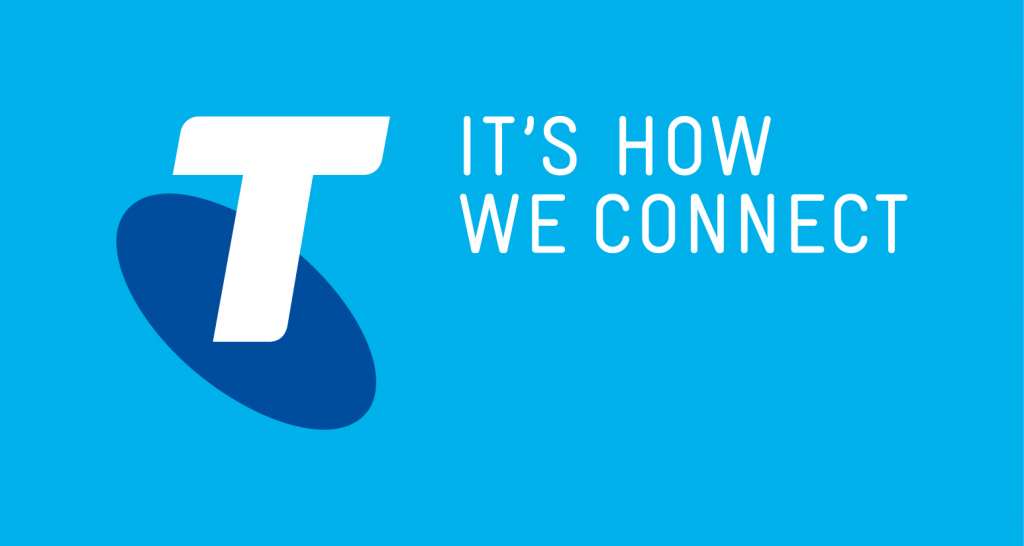With the arrival of NBN, many Australians are expecting fast internet access in their homes. As for mobile networks, the next generation of a mobile network with incredible speed is coming to the country. Telstra has announced that they have tested “one of the world’s first” 5G radio test beds in Melbourne, in conjunction with Ericsson.

Telstra networks group managing director Mike Wright said, “During the outdoor trial we saw total download speeds (to two mobiles) of greater than 20Gbps, so there’s no doubt 5G is going to be a lot faster than today’s mobile networks.”
The test resulted in 200 times faster than the maximum speed of NBN. A spokesperson for the company told Business Insider: “When shared between many users we’d expect speeds will be lower than the peak speeds.” Theoretically, gigabit speeds could be available on a mobile up to 100 kilometres away from the nearest tower.
Speaking of the test, Wright said: “During the outdoor trial we saw total download speeds [to two mobiles] of greater than 20 gigabits per second [Gbps], so there’s no doubt 5G is going to be a lot faster than today’s mobile networks, but it will also deliver a much lower latency. The test bed used 800 megahertz of spectrum in a previously unattainable, high-frequency band, which is 10 times more spectrum than we use with our 4G service.”
It’s worth noting that the current 4G LTE standard has a maximum speed of 300Mbps which is tree times faster than the NBN. Telstra has previously stated that they are aiming to conduct full trials of 5G at the 2018 Commonwealth Games on the Gold Coast. Telstra’s 5G networks are not expected to go live until 2020.
Meanwhile, the UK Vodafone Group recently partnered with Nokia to test 5G and develop standards. “Nokia Bell Labs, Deutsche Telekom T-Labs and the Technical University of Munich have achieved unprecedented transmission capacity and spectral efficiency in an optical communications field trial with a new modulation technique,” a statement from Nokia reads. “The breakthrough research could extend the capability of optical networks to meet surging data traffic demands.”